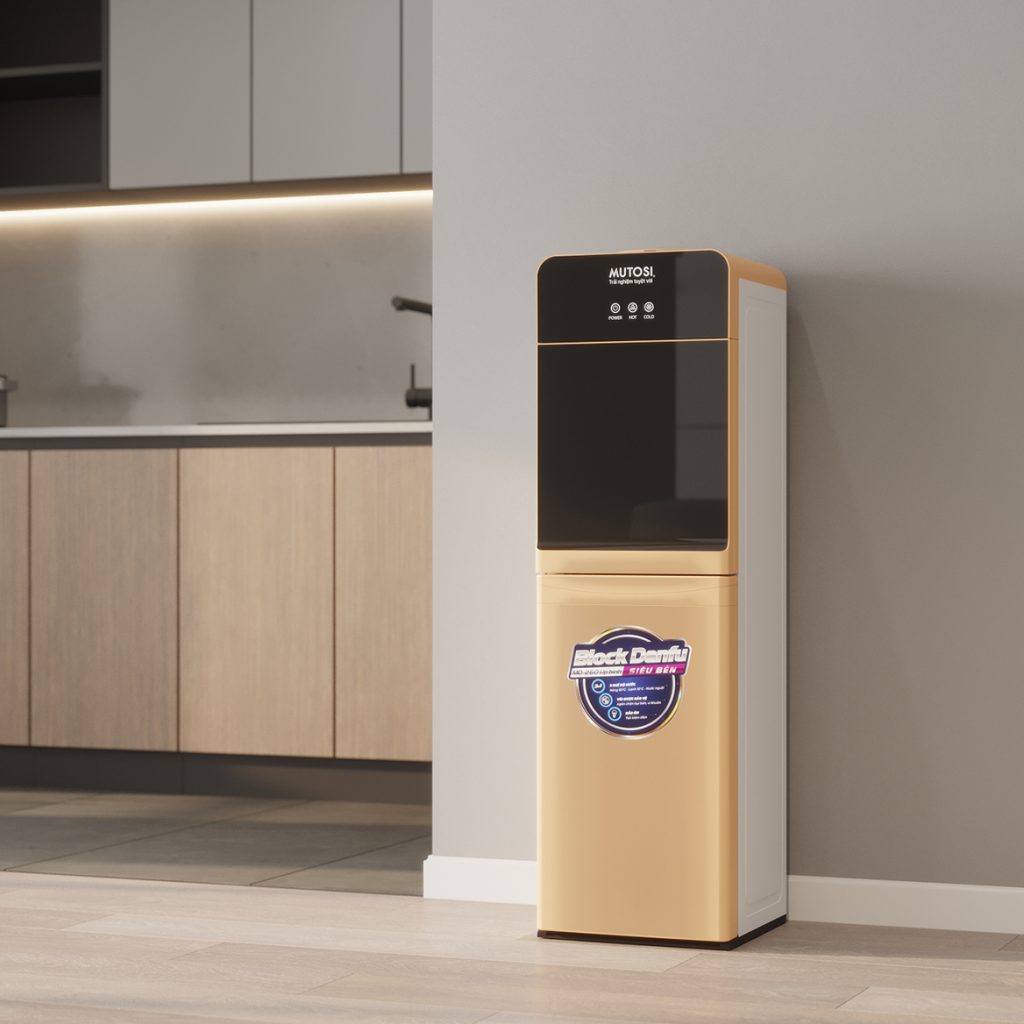Water is a fundamental resource that is essential for our daily lives, particularly when it comes to hygiene and sanitation. In various settings such as homes, offices, and public spaces, hot and cold water plants play a crucial role in providing safe and clean water for a wide range of purposes. These plants are designed to ensure the delivery of water at the desired temperatures, promoting both safety and hygiene. Let’s explore how hot and cold water plants are improving these aspects in our lives. Safety is of paramount importance when it comes to water usage, and hot and cold water plants are designed with this principle in mind. By incorporating advanced technologies and safety measures, these plants help prevent incidents such as scalding or burns caused by excessively hot water. Temperature control systems, thermostatic valves, and sensors are employed to regulate and maintain the desired water temperature, preventing any fluctuations that could pose a risk to individuals.
Furthermore, hot and cold water plants also contribute to hygiene by ensuring the delivery of clean and sanitized water. In any setting, are it residential or commercial, the presence of bacteria and other contaminants in the water can lead to health hazards? Hot and cold water plants address this concern by integrating filtration and disinfection systems that eliminate impurities and pathogens, guaranteeing a safe water supply. This is particularly crucial in public spaces such as hospitals, schools, and restaurants, where maintaining high hygiene standards is essential. Moreover, hot and cold water plants May nuoc nong lanh offer additional features that promote hygiene, such as touch less faucets and automatic sensors. These technologies minimize the need for physical contact, reducing the spread of germs and bacteria from person to person. By simply waving a hand or placing an object near the sensor, water is dispensed without the risk of contamination, ensuring a hygienic hand washing experience.

In the context of environmental sustainability, hot and cold water plants also play a significant role. By incorporating energy-efficient components and mechanisms, these plants minimize energy consumption, resulting in reduced carbon footprints. Advanced insulation materials and heat recovery systems contribute to energy conservation, making hot and cold water plants an eco-friendly choice. Additionally, some plants utilize renewable energy sources such as solar power to further enhance their sustainability. Regular maintenance and inspections are vital for the proper functioning of hot and cold water plants.
This includes routine checks of temperature control systems, valves, and filters to ensure their optimal performance. By adhering to maintenance schedules, any potential issues can be identified and addressed promptly, preventing disruptions in the delivery of safe and hygienic water. By incorporating advanced technologies, these plants provide water at controlled temperatures, minimizing the risk of burns and scalding. They also employ filtration and disinfection systems to deliver clean and sanitized water, promoting hygiene. With their energy-efficient features and sustainability practices, hot and cold water plants contribute to environmental conservation as well. Regular maintenance and inspections are crucial to ensure their long-term performance. Ultimately, these plants are essential for creating a safe, healthy, and hygienic environment for individuals to thrive in.